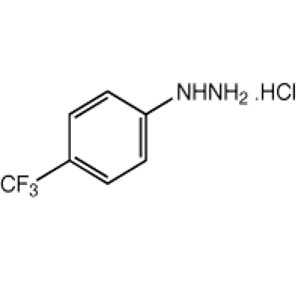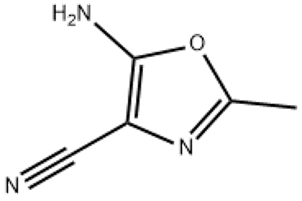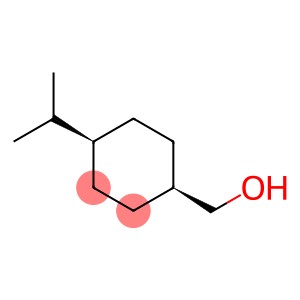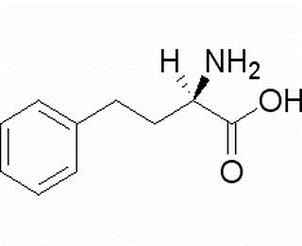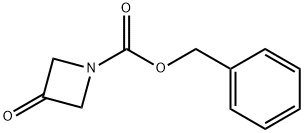4-trifluoromethylphenylhydrazine hydrochlroide(CAS# 2923-56-0)
| Hazard Symbols | Xi – Irritant |
| Risk Codes | R20/21/22 – Harmful by inhalation, in contact with skin and if swallowed. R36/37/38 – Irritating to eyes, respiratory system and skin. |
| Safety Description | S26 – In case of contact with eyes, rinse immediately with plenty of water and seek medical advice. S36/37/39 – Wear suitable protective clothing, gloves and eye/face protection. S37/39 – Wear suitable gloves and eye/face protection |
| HS Code | 29280000 |
| Hazard Class | IRRITANT |
Introduction
4-(Trifluoromethyl)phenylhydrazine hydrochloride is an organic compound with the chemical formula C7H3F3N2 · HCl. The following is a description of its nature, use, preparation and safety information:
Nature:
-Appearance: White to light yellow crystalline powder
-Molecular Weight: 232.56
-Melting Point: 142-145 ° C
-Solubility: Dissolved in water and alcohol, insoluble in non-polar solvents
Use:
4-(Trifluoromethyl)phenylhydrazine hydrochloride has a wide range of applications in organic synthetic chemistry:
-It can be used as a reagent for organic reactions, such as the synthesis of amino acids, Catalyst synthesis, etc.
-It can also be used as a synthetic intermediate for organic dyes.
Method:
In General, 4-(Trifluoromethyl)phenylhydrazine hydrochloride can be prepared by the following steps:
1. 4-Nitrotoluene is reacted with trifluoromethanesulfonic acid to obtain 4-trifluoromethyltoluene.
2. 4-Trifluoromethyltoluene reacts with hydrazine to generate 4-trifluoromethylphenylhydrazine.
3. Finally, 4-trifluoromethylphenylhydrazine is reacted with hydrochloric acid to obtain 4-(Trifluoromethyl) phenol hydrochloride.
Safety Information:
- 4-(Trifluoromethyl)phenylhydrazine hydrochloride is a chemical that needs to follow relevant safety procedures and maintain appropriate laboratory safety measures.
-Wear appropriate personal protective equipment such as lab gloves, goggles, etc. when handling the compound.
-Avoid inhaling its dust or contact with skin, eyes and clothing to prevent irritation or injury.
-Avoid contact with oxidants and strong acids during storage and handling to avoid reaction.
-If swallowed or inhaled, seek medical attention immediately. If skin or eye contact occurs, rinse with plenty of water for at least 15 minutes and seek medical attention.


